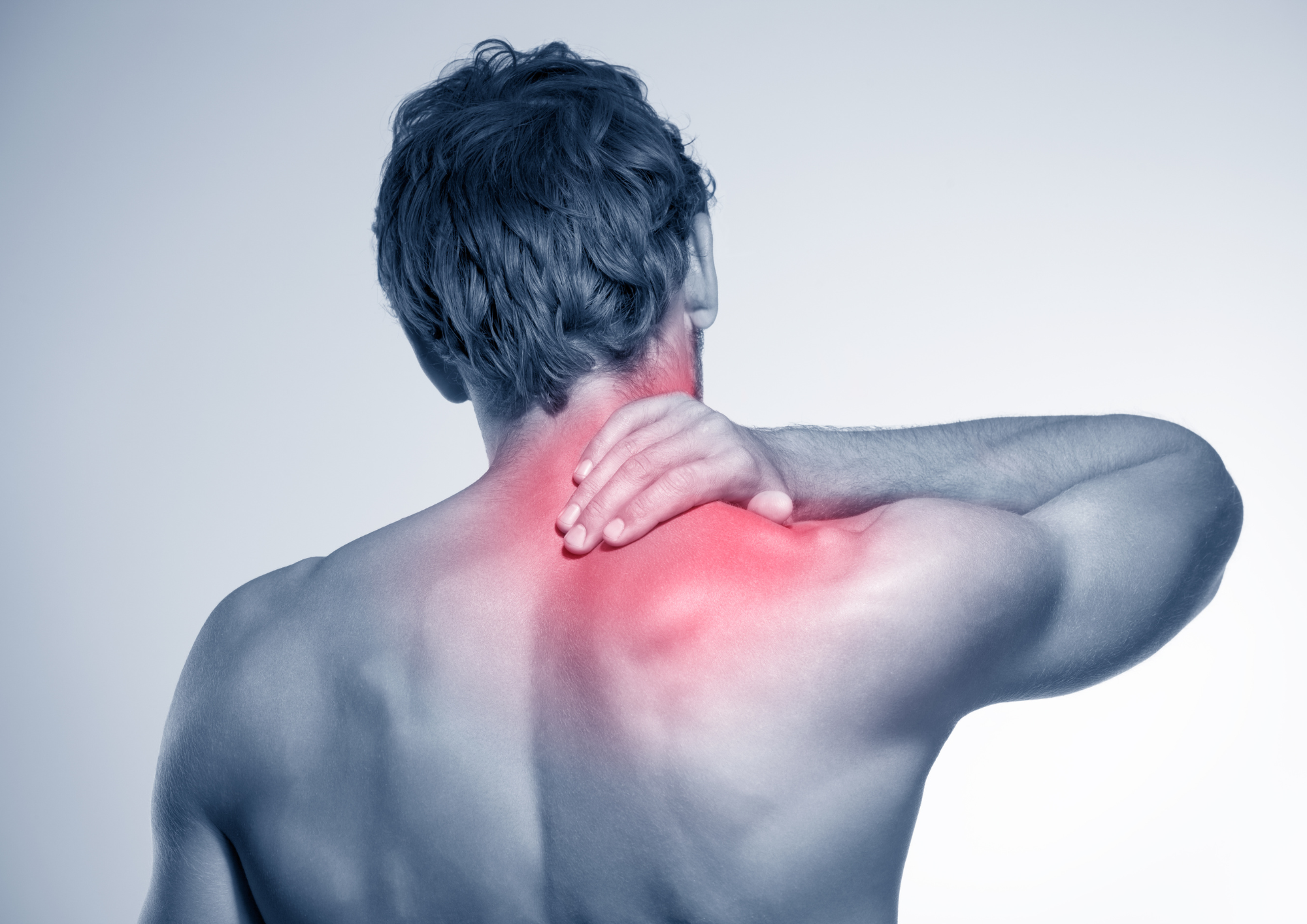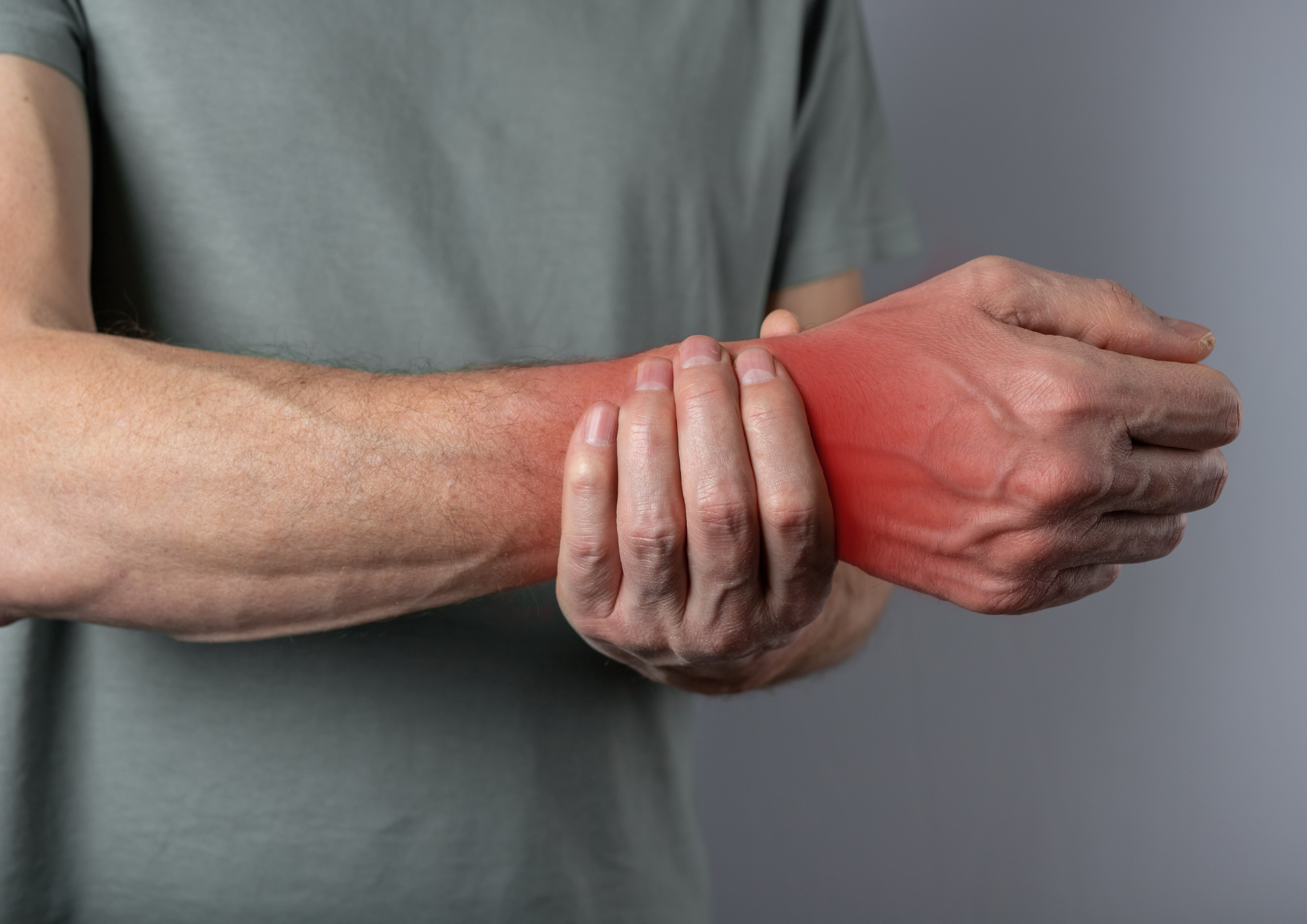Types of chronic pain
Pain could be a symptom of certain conditions such as Arthritis or Bulging discs, or Pain could turn into the disease in its own right. This happens due to abnormal changes within the nerves themselves.
The definition of Chronic pain is pain that persists beyond 3 to 6 months after the expected healing time, when we would expect that the symptoms should have settled.
Upper, middle and lower back pain
With or without referred pain along the ribs and chest and legs
Head and facial pain
- Intractable migraines (not responding to conventional treatment)
- Unusual (atypical) presentation of migraine
- Trigeminal neuralgia (nerve pain from the facial nerves)
- Post-traumatic nerve pain (after injury)
- Referred pain of the face and head from the neck
Neck pain
- Degenerative changes in the cervical spine, which may affect the small facet joints and desiccated discs in the neck.
- Post-whiplash injury to the neck with pain in the neck, with or without referred pain in the shoulder blade head and arm.
- Acute degenerative disc disease or a bulge/tear in the neck causing irritation to the nerve root with severe pain in the arm may be associated with radiculopathy.
Post-surgical pain
Trauma or chronic pain in the back and chest wall following surgeries such as mastectomy and hernia repair, or limbs after a fracture and/or surgery which lasts greater than 3 months.
Visceral pain
It results from the nociceptors activation of thoracic, pelvic, or abdominal viscera. It is diffuse, difficult to localize and often presents as referred pain to superficial, structures. It may be associated with nausea, vomiting and hemodynamic changes.
Complex Regional Pain Syndrome (CRPS)
Severe pain that is out of proportion to the original injury and often accompanied by sensitivity, swelling, and changes in the skin.




